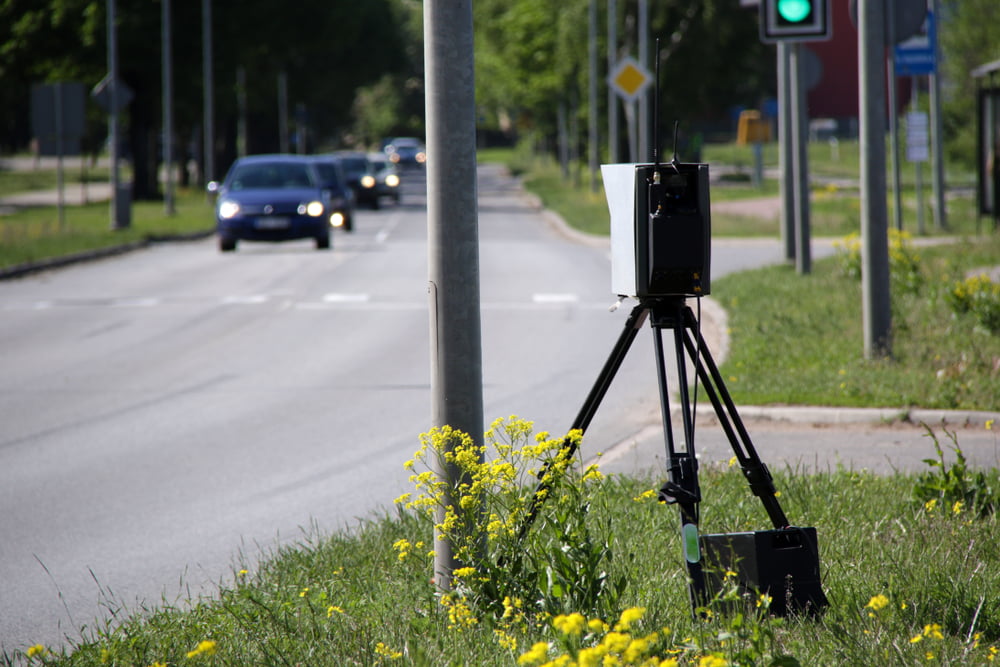Two more locations will follow after Hoorn: November 9 Bergen op Zoom and November 14 Amsterdam.
Today, the Public Prosecution Service is introducing a new type of speed camera, the 'flexible flash'. The very first will be located in Hoorn on the Provincialeweg, but the question is where it will be next month because this new flash can easily be moved.
As the name suggests, the flex flash is a speed enforcement that stands somewhere and is moved after a period of time. For example, speed can be checked at different locations instead of one 'fixed' spot. Before the end of the year, the Public Prosecution Service wants to deploy twenty of these piles throughout the Netherlands.
speed camera
The best-known speed enforcement method is probably the speed camera. Most speed cameras in the Netherlands are owned by the Public Prosecution Service and not by the police. They have transferred their management to the Central Judicial Collection Agency (CJIB); the authorities that also process and send the fines. There are more and more digital speed cameras in the Netherlands.
route controls
Route control takes place on highways. The digital cameras used for this are from the Public Prosecution Service. So not the police. The cameras are smart and take a picture of the passing car at the start of the trajectory and do it again when the car leaves the trajectory. Sometimes in between. The average speed between those two points determines whether you will be fined or not. If you drove too fast, your data will be sent to the CJIB. If you didn't drive too fast, your photos will be erased. In principle, route control works seven days a week, 24 hours a day. It is very effective; only one percent of motorists drive too fast here.
radar controls
These checks are carried out using a radar that measures whether passing cars are driving faster than allowed. If so, the radar sends a signal to the camera, which takes a picture of the car's license plate. With this, the owner of the car is traced and the ticket is sent home. Some drivers use radar detectors. In many countries, including the Netherlands, this is prohibited. In some countries, such as Switzerland and France, it is even forbidden to have the locations of fixed speed cameras stored in a navigation device.
laser gun
A laser gun measures the speed at which a car is driving towards the device. He does this at the speed of light and accurate to three decimal places. A laser gun only shows how fast someone is driving, but does not store any information about the driver. That is why the driver is often put to the side (standing position).
s
Any supervising police officer who drives behind a car that is going too fast can also proceed to a stop without special equipment. He sees how fast his surveillance vehicle is driving at that moment and makes a correction when drawing up an official report. It is known exactly which correction that is for every police car; all speedometers are calibrated.



